Afghanistan and Pakistan
Afghanistan and Pakistan have both faced substantial security and governance challenges over the past decade. In countries that are critical to our national security, progress is fragile, but our continued efforts remain vital.
Africa
Nowhere in the world is development such an important part of U.S. engagement efforts as it is in Africa. The changing tide on the continent requires a new kind of partnership. Today, Africans are the architects of their development, not just beneficiaries. Donors support their plans, they do not dictate them.
Asia
Home to half the world's population and some of the fastest GDP growth rates, Asia is one of the main drivers of the global economy. Yet Asia still has roughly half the world’s extreme poor and is plagued by a host of other development challenges, from emerging pandemic threats that undermine global health security and disrupt economic productivity, to pervasive modern slavery that breaks down the rule of law and corrupts global commerce. USAID works together with the countries of Asia to help them develop into more reliable partners in tackling the world’s most pressing development challenges — which in today’s interconnected world, know no borders.
Europe and Eurasia
Having emerged from decades of authoritarian rule, most of Europe and Eurasia has embraced political and economic reform, leading to vibrant growth and inspiring democratic transformations. But development challenges still slow the area’s growth and transformation into a region that is whole, free and at peace. USAID continues to address the pervasive corruption, political stagnation, significant poverty and undeveloped policy and regulatory environments that hold the region back. As a region of increasing economic importance, our investments help support American trade and investment. And as home to several NATO allies, our development ties strengthen critical national security bonds.
Latin America and the Caribbean
Many Latin American and Caribbean (LAC) nations have experienced monumental growth and change in the past several decades, and USAID has partnered with these countries to make important progress. Despite the global financial crisis, the region averaged a three percent annual increase in economic growth between 2000 and 2012. Health indicators have greatly improved in the region: for example, maternal mortality has fallen from 140 to 81 deaths per 100,000 live births since 1990. Political advances have been notable, as well: free elections, vibrant civil society, and responsive governments are mostly the norm.
Middle East
The American people, through USAID, support the people of the Middle East and North Africa as they strive for peace and prosperity. USAID responds to needs in the region by promoting inclusive economic growth, improving education and healthcare, supporting local democratic processes, strengthening civil society and addressing cross-border issues including water scarcity and the regional impact of conflict. To learn more about our work in the Middle East and North Africa, visit this interactive story map.







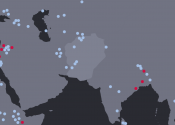
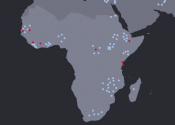
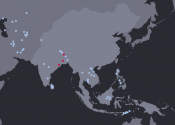

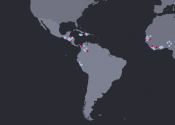
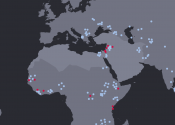
Comment
Make a general inquiry or suggest an improvement.